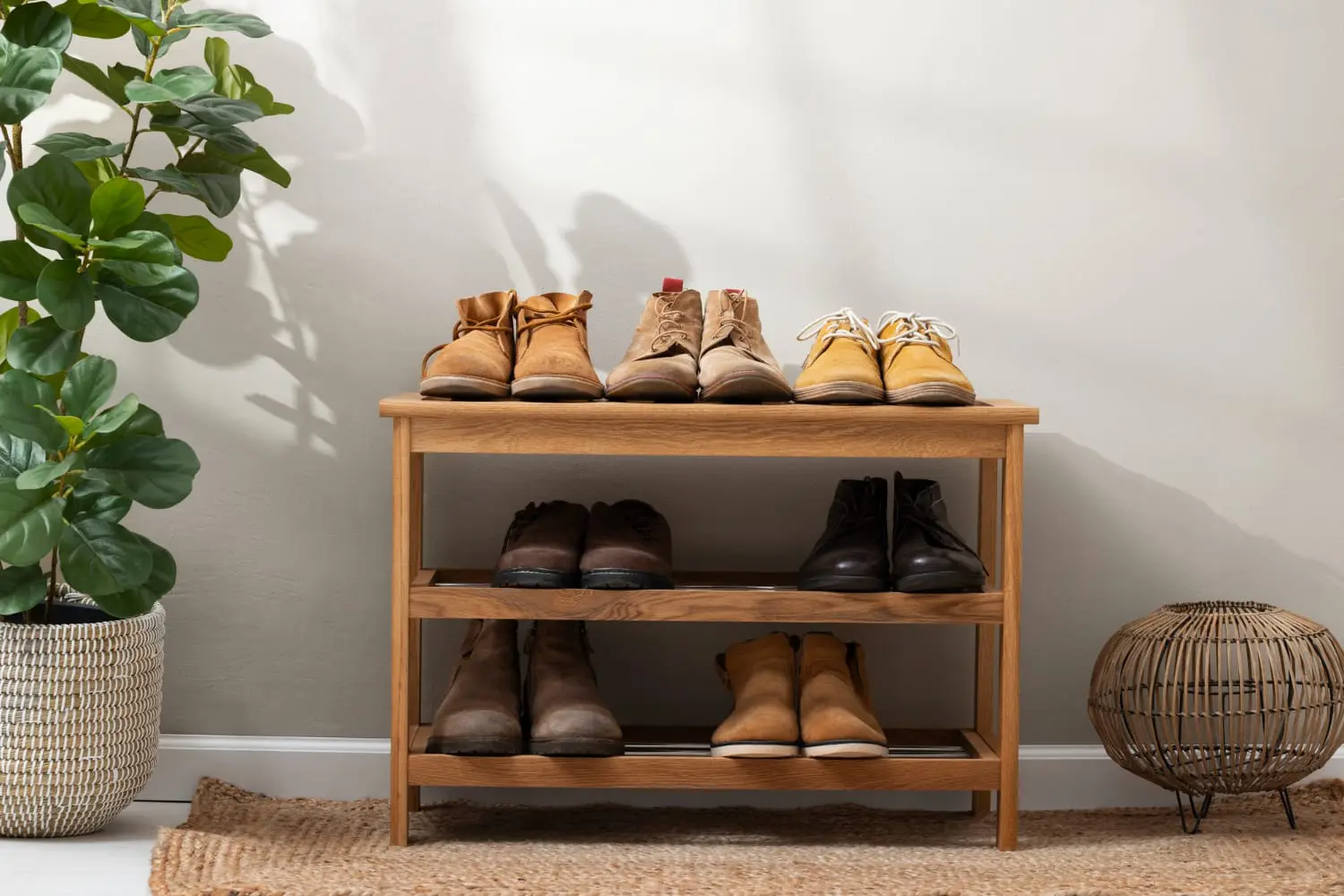In her newest book, Atlas of the Heart, Brene Brown begins her section on boundaries by boldly stating that
Boundaries are a prerequisite for compassion and empathy. We can’t connect with someone unless we’re clear about where we end and they begin. If there’s no autonomy between people, then there’s no compassion or empathy, just enmeshment.”
This is a powerful reminder to me that boundaries are actually healthy and healing. They are integral on the path to growth and maturity. And, contrary to popular belief, they lead me into greater compassion and service. When I set boundaries, I am actually able to offer my whole self more fully.
That’s because when I don’t set healthy boundaries, when I say yes to everyone and everything, when I’m not clear on where I end and where others begin, when I allow myself to be railroaded and steamrolled, when I give up my core values, or allow others to treat me unlovingly… I am not respecting my True, God-given Self. Pulled in a hundred directions, I will not be whole. So it follows that I will not have a respectable, whole Self to offer others either.
Hence the need for me to delineate where I end and where others begin. But how?
Two Definitions for Boundaries
Brown goes on to offer two definitions for boundaries. One is quite simple. It is,
What’s ok and what’s not ok.”
I like to keep this one in my proverbial back pocket to pull out in the heat of the moment and use as a gut-check. Does this feel ok? Or does it feel “not ok”? Do the various people in this situation have different definitions of what’s “ok” for them? Do we need to check in on that?
Keep in mind that setting boundaries might lead to necessary backing-off or saying no. And that doesn’t always go down well. “When people set a boundary with us, we can feel that they’re denying our right to our thinking and feeling.” That’s why I also like the second definition of boundaries as a reminder that there is a deeper purpose and meaning to it all which makes it worth the push-back.
The second definition is more nuanced and might require space and time to consider. Brown borrows from Prentis Hemphill for this one:
Boundaries are the distance at which I can love you and love me simultaneously.”
Take a deep breath and think about that one again. If you imagine it like a Venn diagram or overlapping circles, can you picture the optimal closeness AND distance that we both need in order to be both loved and distinct? What sort of negotiating do we need to do in order for this to happen? What sort of gains and losses will we experience?
Learning to Set Healthy Boundaries
I don’t pretend to have all the answers on boundaries. I’m still on a journey of learning to set healthy boundaries for myself. But I invite you to join me.
Start with the question: “what’s ok with me, and what’s not ok with me?”
Reflect on how you know something’s ok or not ok. (Do you feel it in your brain, in your spirit, in your body? Does the feeling correlate to your core values?) Think about the impacts of communicating what’s ok or not ok to others. What’s the gain of doing that? What’s the risk? What am I willing to lose?
And then move on to love. “What is the distance at which I can love myself and love others simultaneously?”
I hope that as your healthy boundaries increase, you feel your wholeness increase as well. I hope the same for me, too. Let’s help each other do it. Let’s give each other permission to set healthy boundaries, and let’s challenge each other when we fail to do so. I think in the long run, it will lead us into greater connection, compassion, empathy, and ultimately… love.








